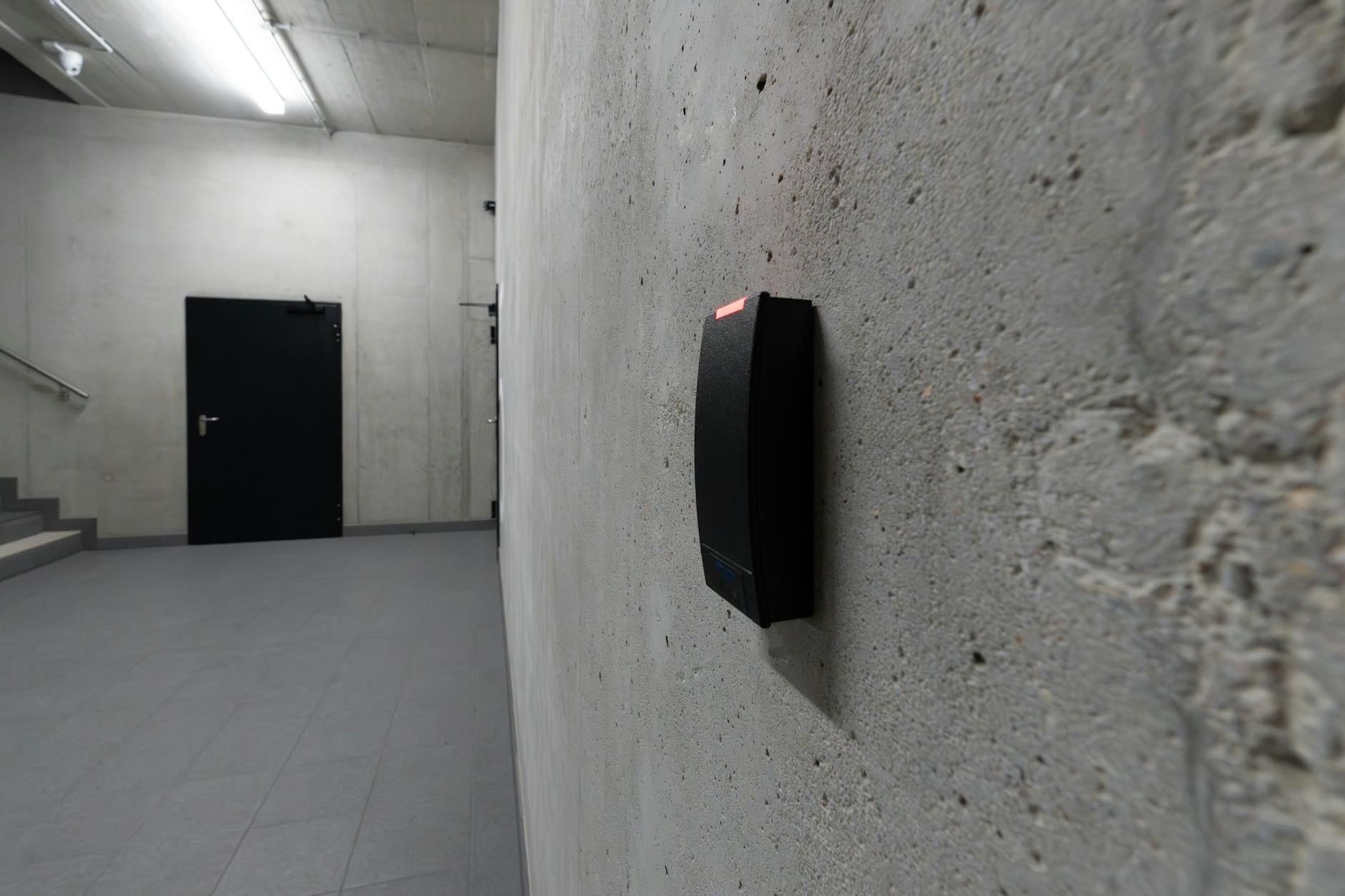
Introduction
Digital safety matters for everyone who uses computers, phones, tablets or smart home devices. This checklist presents practical, non-technical steps you can apply at home and on mobile to reduce risk from common threats such as phishing, malware, account takeover and unsecured Wi‑Fi. The goal is to build layered defenses: protect the device, lock the account, secure the network and adopt habits that keep protection current. Each section focuses on concrete actions, recommended tools and simple policies you can follow immediately. Whether you are an occasional user or manage multiple family devices, these guidelines help you prioritize what to do first, how often to do it, and how measures work together to keep your data and privacy safer.
Secure your devices
Start by making each device a harder target. Security begins with the operating system and apps.
- Keep software updated: Enable automatic updates for the OS and key apps. Patches fix known vulnerabilities used by attackers.
- Use reputable security apps: On Windows and Android use a trusted antivirus and malware scanner; on macOS and iOS, keep built‑in protections enabled and review app permissions.
- Lock screens and authentication: Use PINs, strong passcodes or biometrics. Require a timeout and automatic lock after brief inactivity.
- Control app installs: Install apps only from official stores (App Store, Google Play, Microsoft Store). Disable sideloading on mobile unless absolutely necessary.
- Isolate smart devices: Put IoT and guest devices on a separate network or guest Wi‑Fi to limit cross‑device risk.
These device-level steps reduce the chance malware gains persistent access and make subsequent account protections more effective.
Protect your accounts
Strong account security stops attackers from taking over email, banking and social logins. This layer depends on good passwords and additional verification.
- Password strategy: Use a password manager to create and store long, unique passwords for each account. Avoid reused passwords across critical accounts.
- Enable multi-factor authentication (MFA): Prefer app‑based authenticators or hardware keys over SMS when available; enable MFA everywhere, especially for email and financial services.
- Review account recovery: Check and update backup email addresses and recovery phone numbers. Remove outdated recovery options.
- Clean up account access: Regularly review connected apps and third‑party permissions and revoke anything you no longer use.
Better account hygiene complements device hardening — even if a device is compromised, strong account controls limit what an attacker can do.
Harden your network
Your home network is the highway for all device traffic. Securing it prevents eavesdropping and unauthorized access.
- Secure the router: Change default admin passwords, update router firmware, and disable remote administration if not needed.
- Use WPA3 or WPA2 encryption: Choose the strongest Wi‑Fi encryption your router and devices support. Avoid open or WEP networks.
- Set up a guest network: Isolate visitors and IoT devices from your main network to reduce lateral movement.
- Consider a VPN for public Wi‑Fi: Use a reputable VPN on mobile or laptop when connecting to unfamiliar networks to encrypt traffic and protect credentials.
Network measures tie back to device and account security: encrypted Wi‑Fi and router hygiene reduce the chance attackers intercept credentials or push malicious updates.
Maintain good habits and backups
Security is ongoing. Daily and periodic habits keep your defenses current and recoverable if something goes wrong.
- Learn to spot scams: Verify unexpected messages, watch for urgent tone and check sender addresses. When in doubt, go to the service website directly instead of clicking links.
- Back up regularly: Use automated local and cloud backups for important files. Test restores periodically so backups are reliable when needed.
- Schedule routine maintenance: Monthly: review device updates and app permissions. Quarterly: change critical passwords if you suspect exposure, audit authorized devices and MFA settings.
- Plan for incidents: Keep a short recovery checklist: how to wipe and restore a device, list of critical account contacts, and where recovery keys or backup codes are stored.
These habits complete the protection cycle: prevention, detection and recovery work together to lower harm and speed recovery when problems occur.
Quick reference checklist
| Action | Priority | How often |
|---|---|---|
| Enable OS and app automatic updates | High | Continuous |
| Use password manager and enable MFA | High | One-time setup, review quarterly |
| Change default router password, enable WPA2/3 | High | One-time setup, firmware check monthly |
| Set up automated backups and test restores | High | Daily backup, test quarterly |
| Audit installed apps and connected services | Medium | Quarterly |
Conclusion
Keeping your home and mobile environments secure is a practical, layered process. Start by securing each device, then strengthen account protections with unique passwords and multi‑factor authentication. Protect the network that ties devices together by hardening your router, using strong Wi‑Fi encryption and isolating guest or IoT traffic. Finally, adopt good habits: learn to spot scams, back up data, and perform regular audits and updates. These measures reinforce each other so one weakness does not expose your entire digital life. Implement the checklist items in order of priority, automate where possible, and review settings periodically to stay ahead of evolving threats.
Image by: Jakub Zerdzicki
https://www.pexels.com/@jakubzerdzicki
